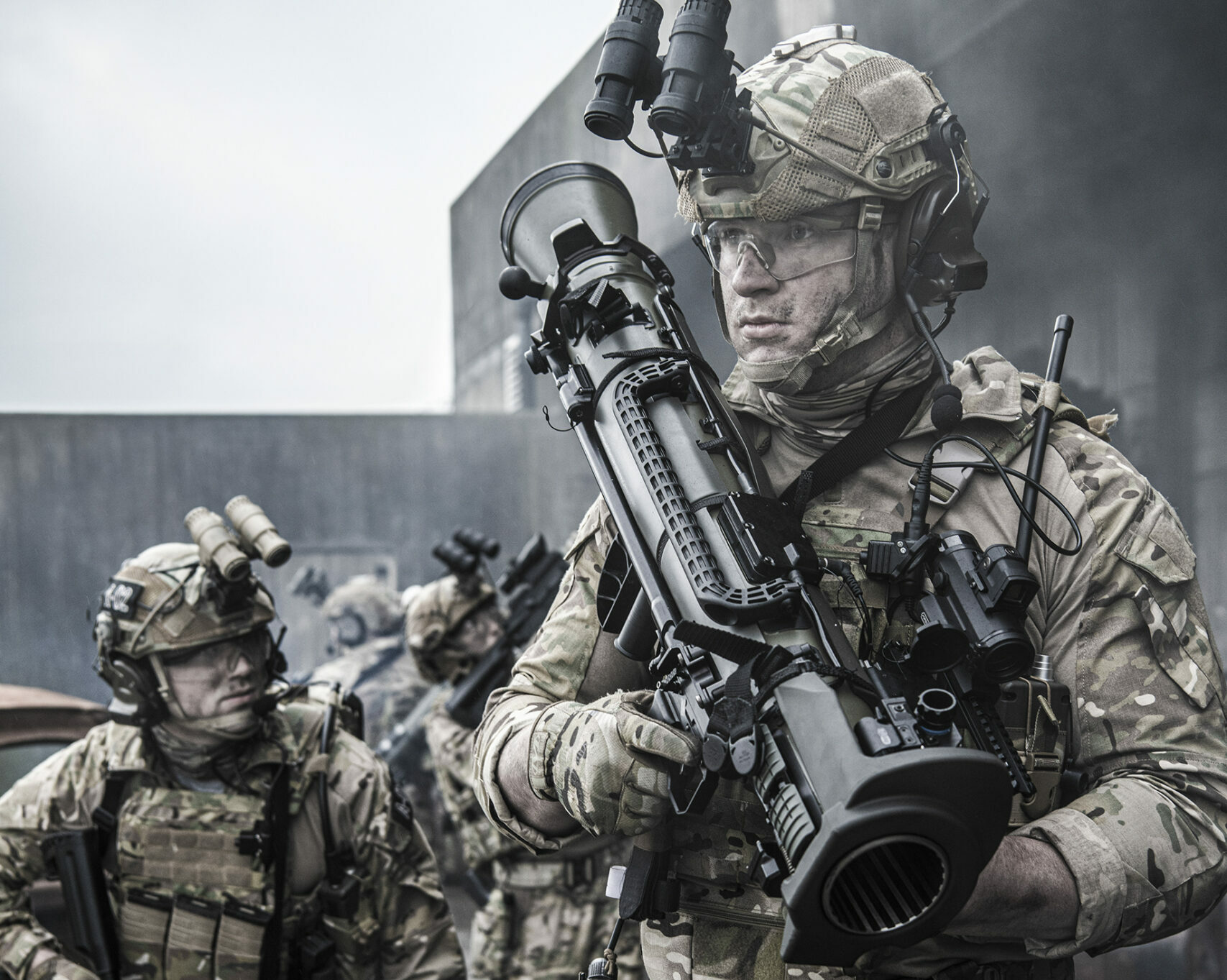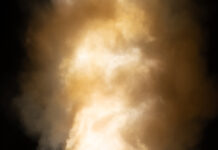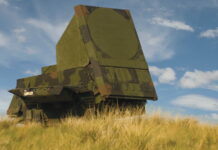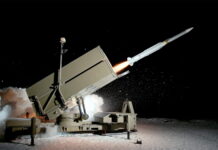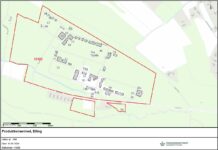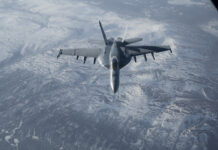The Swedish Defence Materiel Organisation (Försvarets materielverk – FMV) has placed a SEK 3 Bn (EUR 260 M) order with defence contractor Saab for ammunition for the 84 mm Carl Gustaf recoilless gun, both Saab and the FMV announced on 29 May 2023.
The order was placed under an existing 10-year framework agreement between the FMV and Saab that allows the FMV to order Saab ground combat weapons and ammunition under pre-agreed conditions. This agreement was one of the outcomes of a 2019-2022 effort by the FMV to improve and ensure long-term assurance of supply, covering not only the Carl Gustaf and its ammunition but also the disposable, shoulder-fired AT-4 and NLAW weapons, as well as support equipment and accessories.
The 84 mm Carl Gustaf is a recoilless, shoulder-fired, multipurpose infantry weapon. Its name stems from the Carl Gustaf’s Town Rifle Factory, which was the original producer of the weapon. The Carl Gustaf was originally developed by the FMV in the late 1940s as an infantry anti-tank and support weapon and entered service with the Swedish armed forces, in the original M1 version, in 1948. Currently in its fourth iteration, as the Carl Gustaf M4, the weapon has proven popular around the world.
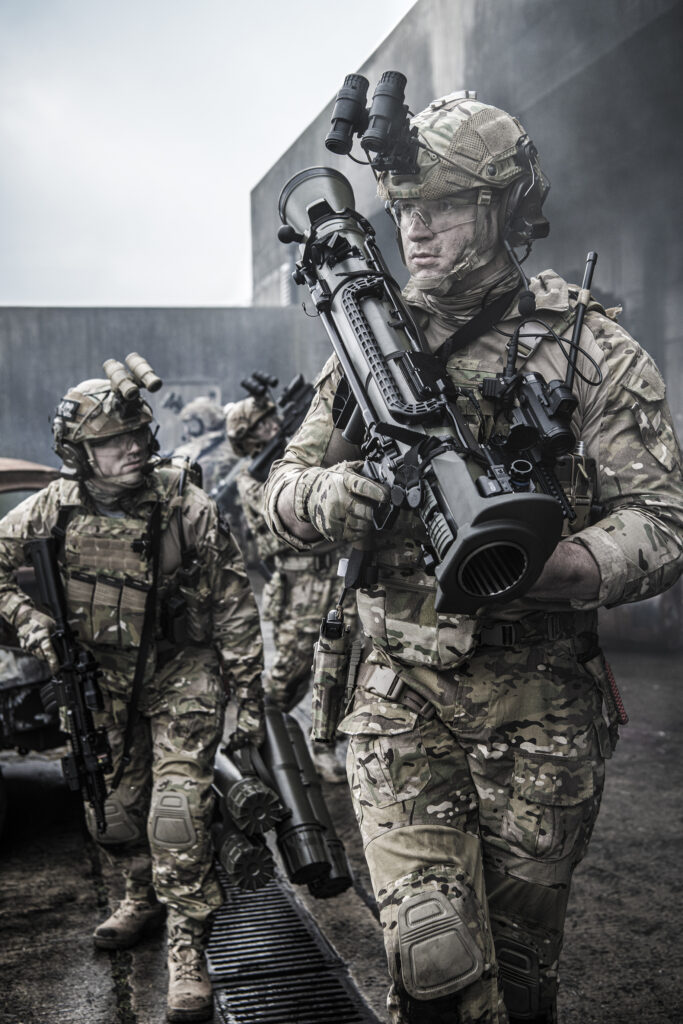
The Carl Gustaf is around 1 m long, with a weight of 10 kg for the M3 version and 7 kg for the M4 version. The weapon is recoilless by virtue of a rear venturi nozzle, through which a large portion of the propellant gasses are ducted on firing, counteracting the recoil. This also means that the weapon has a significant backblast, which not only makes for a large firing signature but can, in fact, be lethal up to 30 m from the rear of the weapon. These disadvantages are balanced by the weapon’s relatively light weight and compact size, as well as its accuracy and effective range, courtesy of a rifled barrel and the availability of precision sights. The effective range of the Carl Gustaf depends on the type of ammunition and the sight used, but is typically 350-400 m when used against a moving target and up to 1,000 m when firing smoke or high-explosive rounds against an area target.
The multiple different ammunition types available for the weapon are also a significant advantage. In addition to hollow-charge anti-armour rounds, both with single and tandem charges, and high-explosive ammunition with impact or time fuzing, the Carl Gustaf can fire anti-structure, smoke, illuminating and training ammunition.
Additionally Saab, together with US defence contractor Raytheon, is currently developing a precision-guided round for the Carl Gustaf. Lastly, both 20 mm and 7.62 mm subcalibre training systems are available.
The press releases by the FMV and Saab did not specify the ammunition types being ordered, but delivery is expected through the 2026-2030 timeframe.
Thomas Lauge Nielsen


